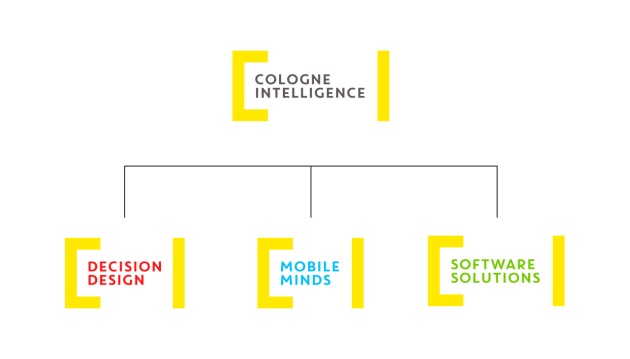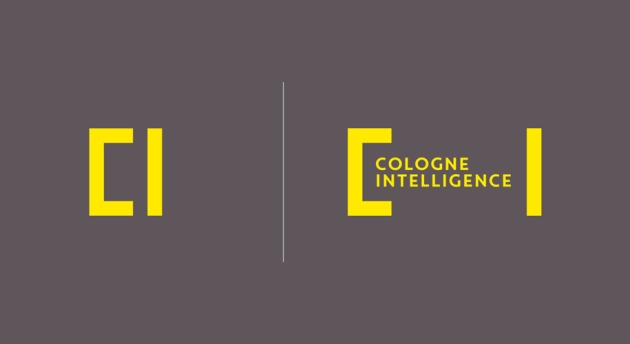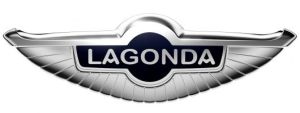It seems the Germans have more to offer than just products with tank-like durability. They’ve got good design.
Cologne Intelligence rebranded after twelve years and the result is brilliant.
The C was given sharp, ninety-degree angles in order to look like a bracket ([). The CI used by itself for the most fundamental presentation is great; but it gets better. When the C and I are spread apart, they can neatly frame in the main logotype and sub-brands. This makes the identity extremely versatile.

Interestingly, by definition brackets are used to enclose words, separating them from the context. Thus, the use of the C puts emphasis on the contents of documents, folders and notepads. As you can see, the simplicity of the identity affords the opportunity to stretch the C for print on any stationery while still maintaining brand recognition.

Truly the designer(s) of the Cologne Intelligence identity had “full-scale” in mind while they were hard at work. All-too-often there’s this disparity between the logo and the other visuals displayed with it on products, packaging, stationery, what have you. The disparity exists because there’s nothing that ties the logo to the rest of the identity.
A collection of designs without cohesion is essentially worthless. Each facet, presented alone, should give the viewer an impression of the whole brand image.
There needs to be an obvious thread weaving through every aspect of the identity. And these designers nailed it. The initials CI can be used to frame in anything and everything that pertains to the company. Their work is definitely worthy of the spotlight.
Here’s a link to the Cologne Intelligence website.
And here you’ll find a good presentation of the full identity.






















